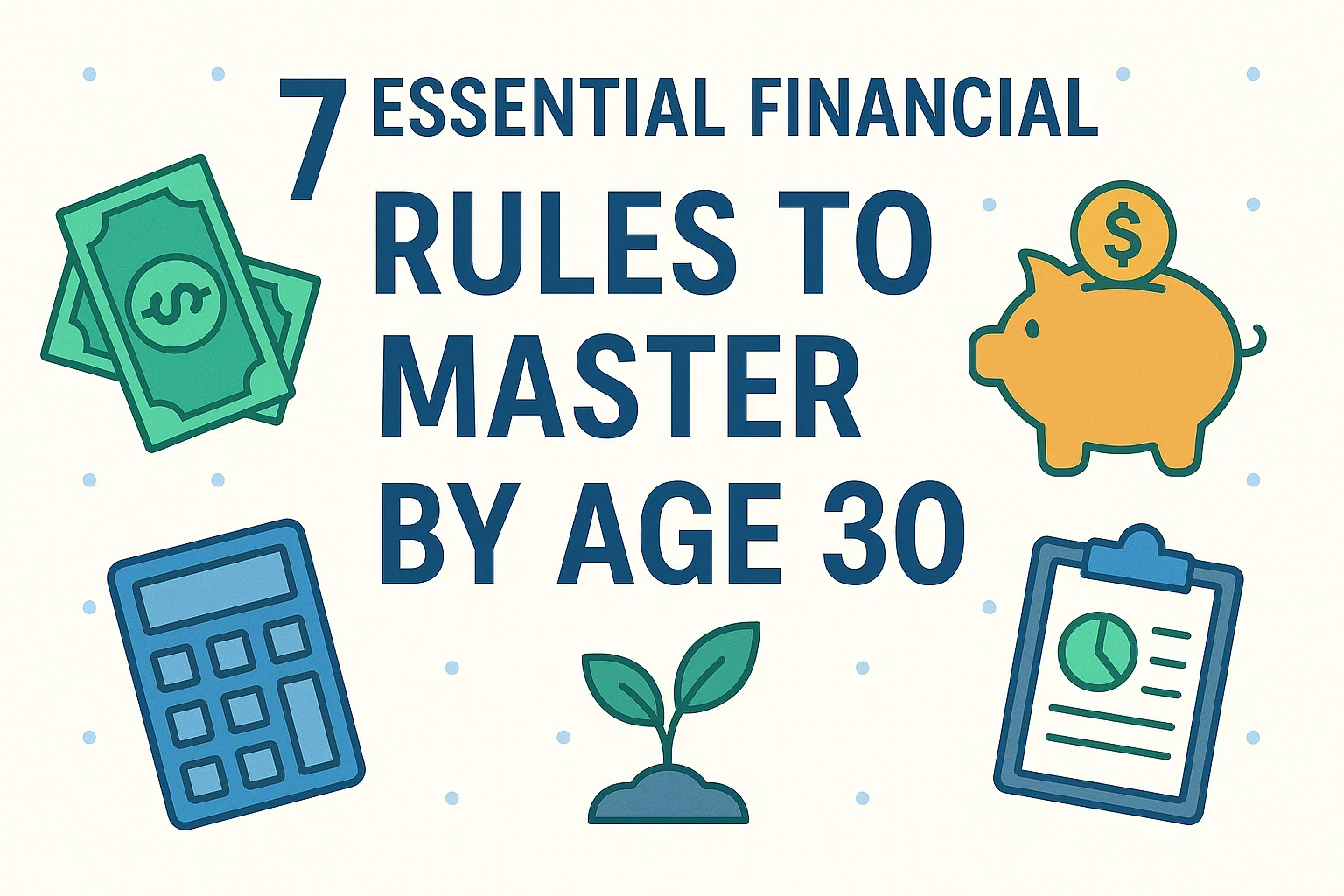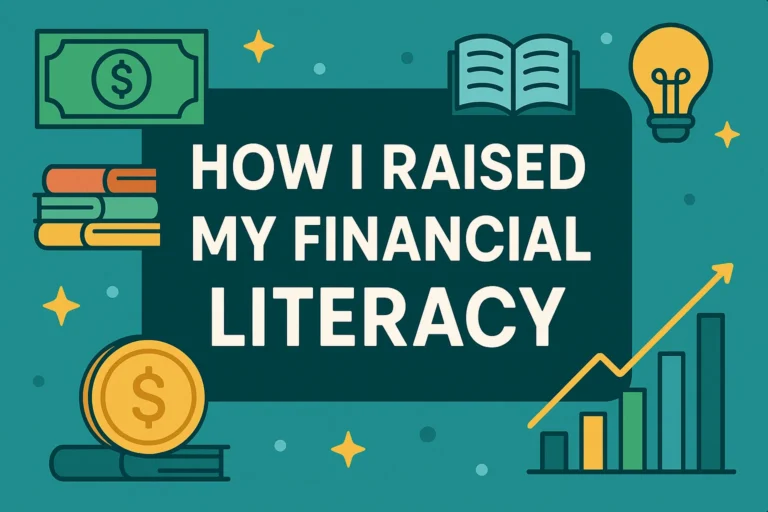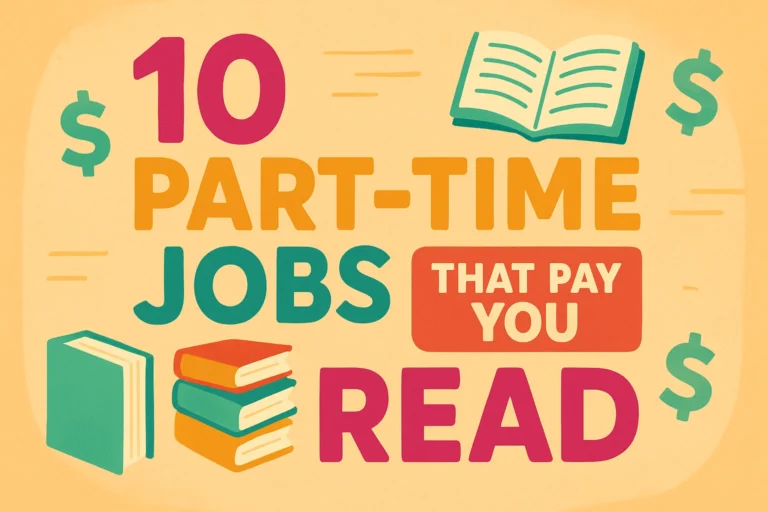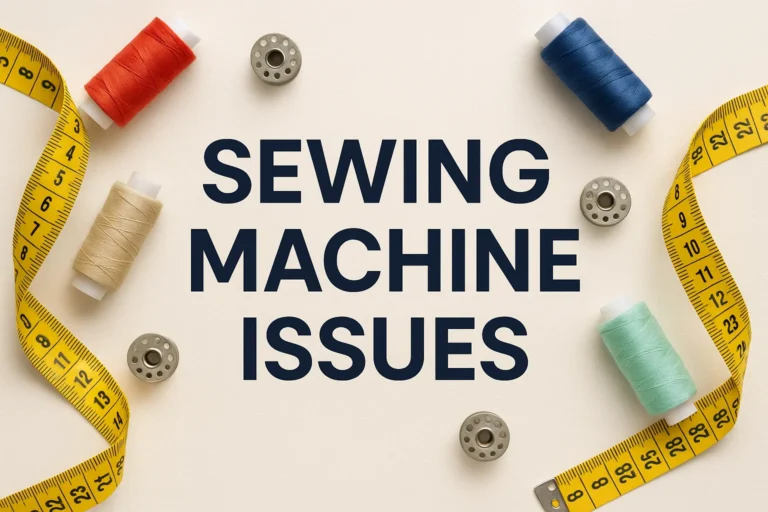7 Essential Financial Rules for Financial Freedom by Age 30
Alright, let’s get real for a minute. You’re in your 20s, and the phrase “financial freedom” probably sounds about as realistic as a unicorn that does your taxes. I get it. Between navigating your career, figuring out adulting, and trying to have a social life that doesn’t exclusively involve microwave dinners, thinking about your 401(k) can feel… well, overwhelming.
But what if I told you that the moves you make right now are the most powerful ones you’ll ever make? It’s true. Thanks to the magical (and slightly terrifying) power of compound interest, a dollar you save and invest at 25 is worth a heck of a lot more than a dollar you save at 35. Your 20s are your financial superpower.
So, let’s ditch the intimidating jargon and break this down into seven essential, no-BS rules. This isn’t about becoming a scrooge; it’s about building a life where your money works for you, not the other way around. Let’s build that freedom.
1. Know Where Your Money Is Going (Yes, Really)
Before you can tell your money what to do, you have to know what it’s currently doing. And no, having a general feeling of anxiety when you check your bank app doesn’t count.
This means tracking your expenses. I know, I know. It sounds tedious. But hear me out—you don’t need to color-code a spreadsheet for three hours every Sunday (unless you’re into that, no judgment). You just need awareness.
- The How: Use a free app like Mint or Personal Capital. They link to your accounts and automatically categorize your spending. You just review it. It takes five minutes a week.
- The “Aha!” Moment: You’ll quickly see where your “leaks” are. That daily $5 latte? That’s $150 a month. Those random Amazon purchases? They add up faster than you can say “one-click checkout.” This isn’t about guilt; it’s about data. You can’t change what you don’t see.
Ever wonder why you feel broke before payday? This exercise will show you. It’s the absolute non-negotiable first step. FYI, this was the single biggest game-changer for me. I thought I was pretty frugal until I saw I was spending a small fortune on “quick” lunch bites.
2. Build Your “Leave Me Alone” Fund
Life is going to throw curveballs. Your car will break down. You might need to suddenly move apartments. Your pet might decide to eat something inexplicably expensive. Without a cash cushion, these emergencies go straight onto a credit card, and suddenly you’re in debt paying 20%+ interest. Not exactly a path to freedom.
This is why your emergency fund is your financial security blanket. I like to call it the “Leave Me Alone” fund because it gives you the power to tell life’s little disasters to, well, leave you alone.
- Start Small, But Start: Aim for $1,000 as your initial, bare-minimum safety net.
- Then, Scale Up: Your ultimate goal should be 3-6 months’ worth of essential living expenses. This protects you against bigger shocks, like a job loss.
- Keep It Separate: Stash this cash in a high-yield savings account. It’s not for investing, and it’s definitely not for a spontaneous vacation. It’s for emergencies only. This fund buys you peace of mind, and that’s priceless.
3. Murder Your High-Interest Debt
If you have credit card debt or a high-interest personal loan, this is your number one financial enemy. It’s a hole you’re constantly trying to climb out of. Financial freedom and high-interest debt cannot coexist. It’s that simple.
Think of it this way: earning a 7% return on an investment is great. But paying 24% interest on a credit card balance is an immediate, guaranteed 24% loss. You’re not going to out-invest that.
- The Avalanche Method: List your debts from the highest interest rate to the lowest. Throw every extra dollar at the top one while making minimum payments on the others. Once it’s gone, move to the next one. This is the mathematically smartest way to save on interest.
- Get Aggressive: This might mean cutting back on non-essentials temporarily. Channel that “latte money” from Rule #1 into your debt. It’s a short-term sacrifice for a massive long-term gain. Getting rid of this burden is the most liberating feeling.
4. Invest Like a Boring Genius
The word “investing” sounds complicated and scary, reserved for guys in suits on Wall Street. Throw that idea out the window. Investing in your 20s is about one thing: consistency over brilliance.
You don’t need to pick the next Tesla or GameStop. In fact, please don’t. You need to be boring.
- The Magic of Compound Interest: This is your secret weapon. It’s when your earnings start generating their own earnings. Over decades, it creates a snowball effect that turns modest savings into serious wealth. The single biggest factor is time, which is why starting NOW is so critical.
- How to Start: If your job offers a 401(k) with an employer match, contribute at least enough to get the full match. It’s free money. IMO, not doing this is like refusing a pay raise.
- The Easy Button: Open a Roth IRA and invest in low-cost index funds or ETFs that track the entire market (like an S&P 500 fund). These funds are diversified, cheap, and historically have always gone up over the long run. Set up automatic contributions and forget about it. Your future self will thank you.
5. Protect Your Future Earning Power
You are your most valuable asset. Your ability to earn an income over your lifetime is worth millions of dollars. So why wouldn’t you insure it?
- Health Insurance: Just get it. One unlucky break without insurance can wipe out a decade of diligent saving in one fell swoop.
- Renter’s Insurance: Your landlord’s insurance covers the building, not your stuff. If there’s a fire or burglary, renter’s insurance replaces your laptop, TV, and clothes. It’s wildly cheap—often less than $15 a month.
- Disability Insurance: This is the one everyone forgets. If an injury or illness prevents you from working, disability insurance replaces a portion of your income. If you have a job that offers it, sign up. It protects that giant earning potential of yours.
6. Ignore the Joneses
This is the hardest rule on the list, especially in the age of social media. Your friend buys a new car. Your cousin goes on an Instagram-worthy vacation every month. A colleague is always wearing the latest designer gear.
It’s easy to feel behind. But here’s the truth: you have no idea what their financial situation looks like. That new car? Probably a massive loan. Those vacations? Likely funded by credit card debt.
The fastest way to kill your financial future is to try and keep up with a lifestyle you can’t afford. Define what you value—real freedom, security, maybe the ability to work less later—and spend intentionally on those things. Cut out the spending that doesn’t truly make you happy. It’s not about deprivation; it’s about alignment.
7. Invest in Yourself
Your greatest ROI (Return on Investment) often doesn’t come from the stock market—it comes from you. Allocating money towards learning new skills, certifications, or even books that make you better at your job or a side hustle has a compounding effect all its own.
A higher salary or new income stream that you earn because of a skill you built will dwarf any investment return you can get at this age. Never stop being your own most important project.
So, there you have it. Seven rules that are less about restriction and more about building options. It’s about making your money behave so you can stop worrying about it.
Will you follow every one perfectly? Probably not. Life happens. The goal isn’t perfection; it’s progress. Start with one rule. Maybe this month, you just track your spending. Next month, you open that Roth IRA.
The journey to financial freedom isn’t a sprint; it’s a marathon you run one smart, slightly boring, but incredibly powerful step at a time. And starting before 30? That’s like getting a massive head start. Now go get it 🙂







